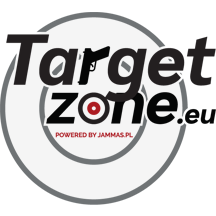Ballistic Protective Inserts - Everything You would want to know
As military technologies and industry develop, more products produced for services are also introduced to a civilian market. That applies also to ballistic protection which, despite commonness around the world, in Poland is still a subject of tabu and has an opinion of unavailable premium products.
What is Ballistic Protection?
In simplification, it is the wearable way to protect users from incoming projectile or shrapnel. Throughout development process materials used and ways of stopping bullets had been changing, however nowadays two main types of ballistic protection are recognized:
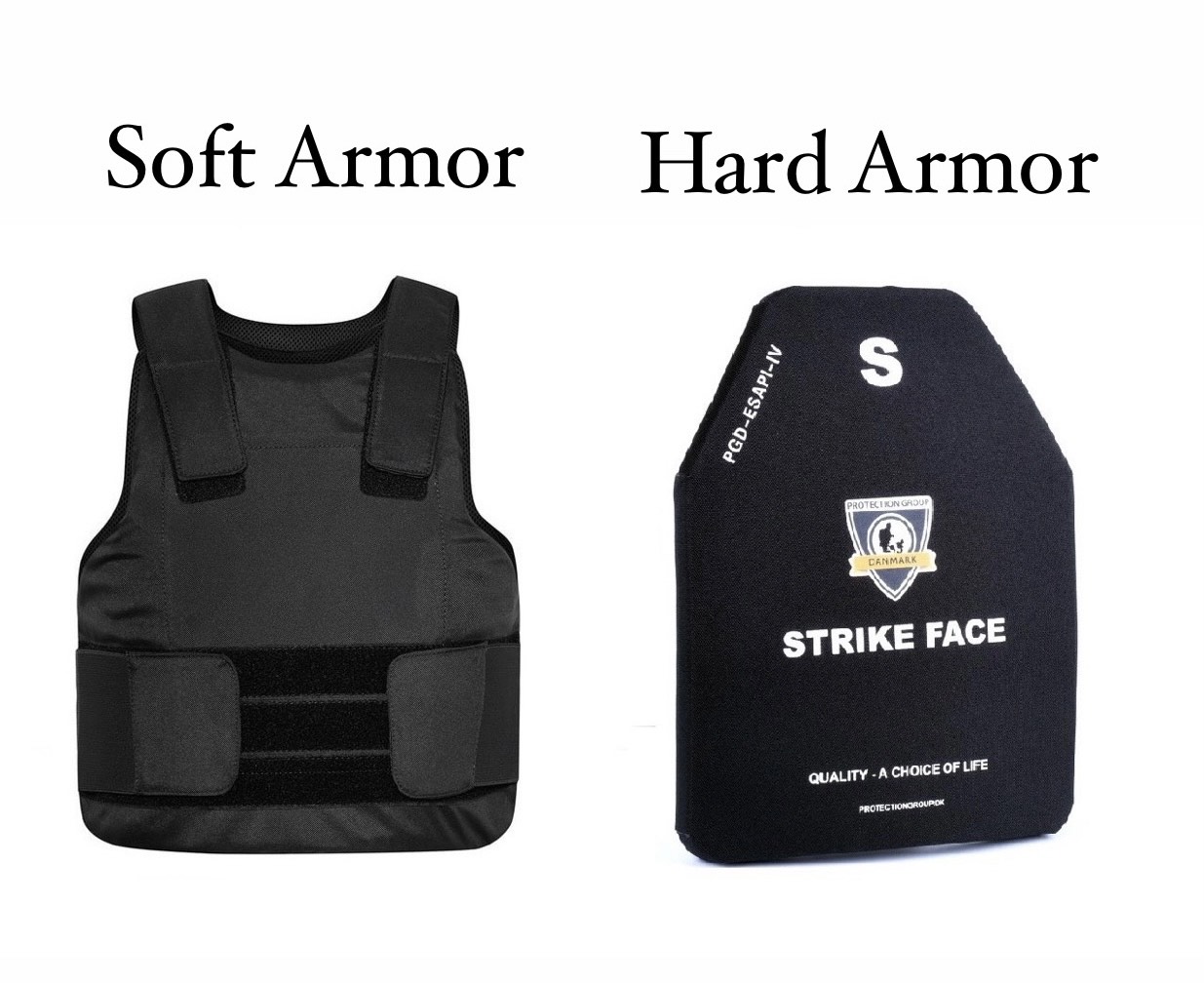
Soft armor is called so due to its flexibility. Made out of aramid fabric layers sewed tightly together. Aramid fibers are highly resistant to stretching therefore ballistic insert made out of them acts like a net catching a ball. Obviously part of the layers will be damaged if shot, but since there are multiple of them, bullet will eventually stop at one. What’s worth noting is that such type of ballistics will be only effective against pistol rounds since carbine or rifle rounds will easily pierce through the fabric, basically like a needle. Soft insets are ballistically rated up to IIIA level.
Hard armor is rated usually between III and IV level of protection. It is effective in stopping carbine and rifle rounds. Since hard armor inserts are rigid and heavy, they are commonly known as plates. Materials used to produce plates are ceramics and UHMWPE (Ultra High Molecular Weight Polyethylene).
Hard armor inserts are acting much differently than their soft counterparts. Crushing ceramics is a highly energy-consuming process, so after impact the bullet does not have enough energy to cause any harm. Due to such a solution, plates are effective against both blunt and sharp geometry bullets.
Ballistic Protection Levels
Ballistic levels are defined by NIJ norm. The higher the level, the better the protection. Nothing however comes without any drawbacks. Upper level ballistic inserts are also heavier, thus less comfortable to wear.
It is then worth considering whether lower level of armor is not sufficient enough for our needs.
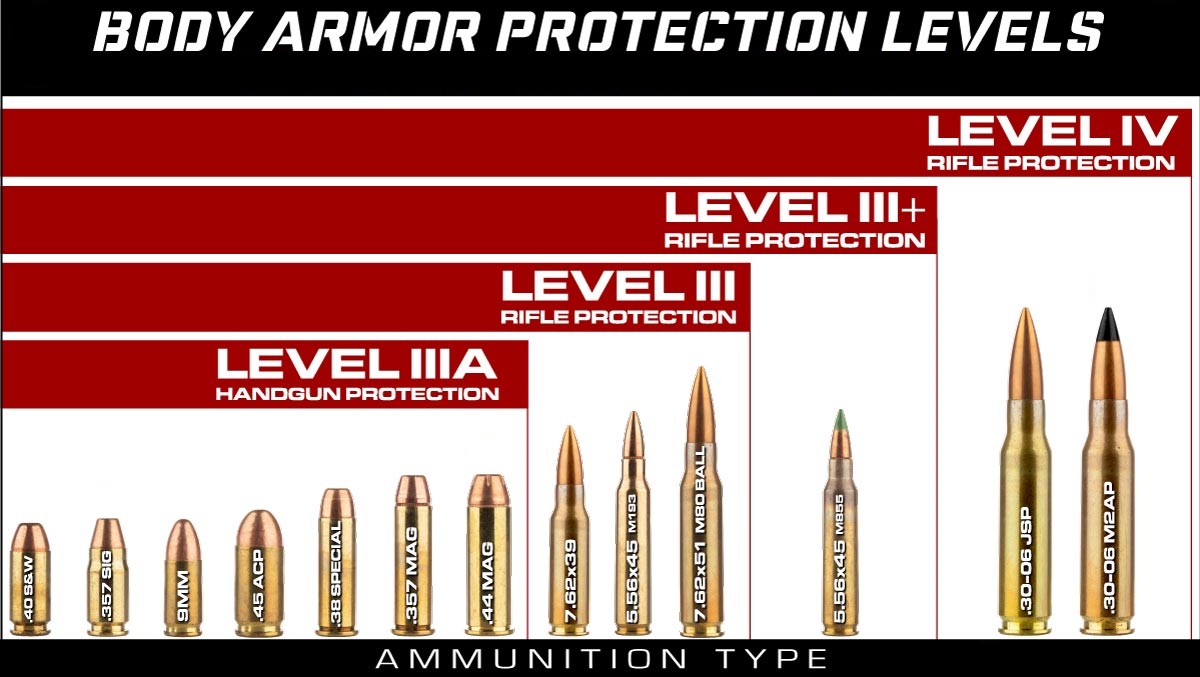 https://www.spartanarmorsystems.com/blog/body-armor-protection-levels-simplified/
https://www.spartanarmorsystems.com/blog/body-armor-protection-levels-simplified/
As presented on the picture above, IIIA and lower levels are rather pistol caliber effective. Levels from III to IV are dedicated to rifle calibers.
How to choose Ballistic Protection?
Accommodated with basic knowledge about levels of armor and insert types it is time to move further to answer the question “What ballistic protection to choose?”. Firstly, you have to figure out what potential threat you may face. In a situation when a pistol round has bounced from the target on the shooting range or one been shot by a bad guy, with IIIA armor in most cases you will be perfectly fine.
However if you’re going to have fun doing rifle/carbine tactical drills and shoot dynamically with other people at close range - it is recommended to wear at least level III armor.
Second important thing is choosing a carrier and the geometry of the insert. Since soft armor usually has a dedicated carrier in the form of body armor let’s focus on plates. There are various plate carriers on the market. Most commonly used types are tactical plate carriers because they are not only meant to provide ballistic protection but also load bearing platforms. Both hard armor and plate carriers are available in a wide variety of sizes, so choose a plate carrier’s size that matches your plate.
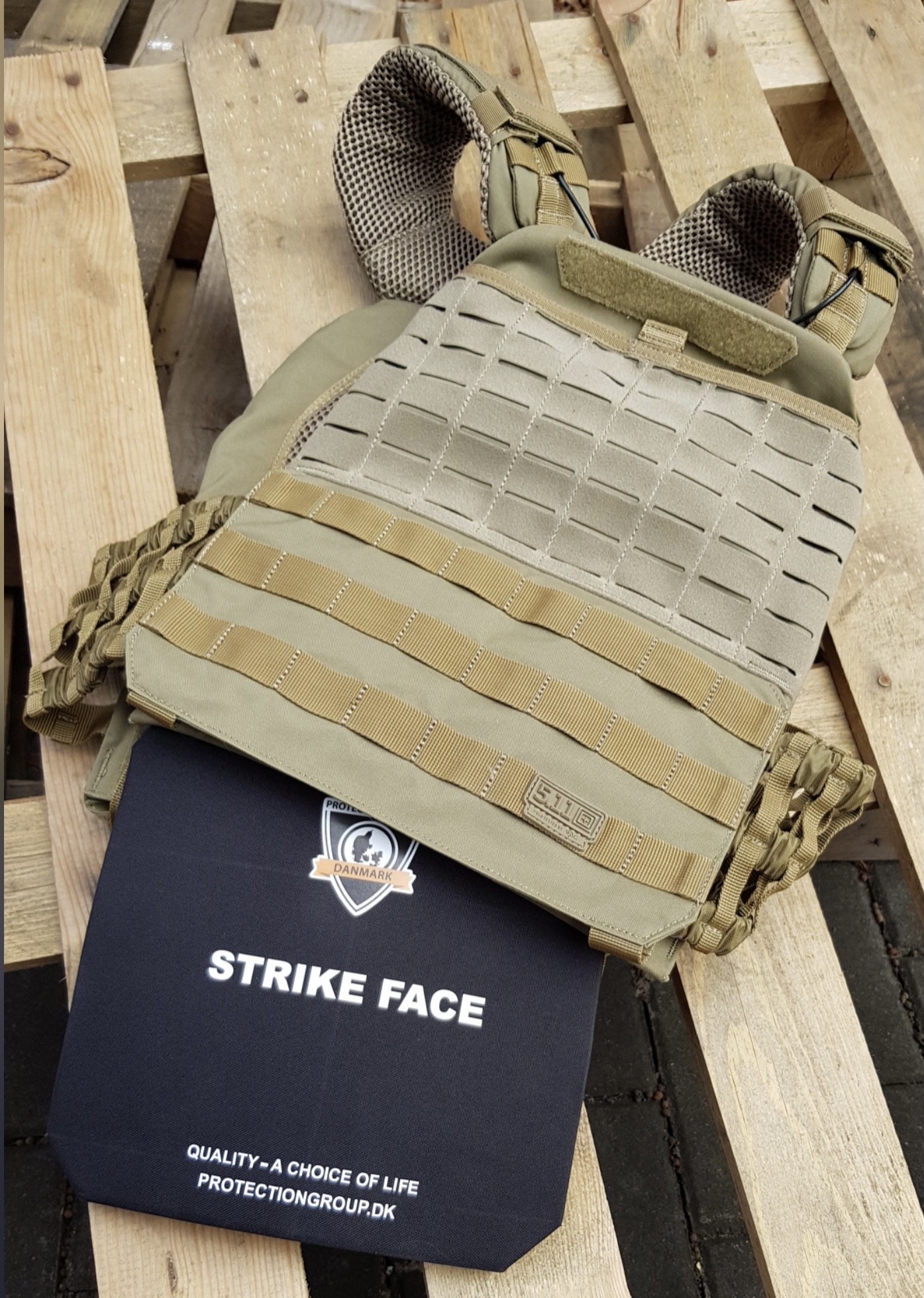
https://targetzone.eu/4491.html
Manufacturers usually provide some kind of guidance in terms of selecting the correct size of the plate, but it is handy to know a little bit about the basics. The ESAPI (Enhanced Small Arms Protective Insert) was designed to cover only essential organs - heart and lungs. It was done that way to maximize mobility and protect those parts of the body which shot cause an instant death or high risk of getting unconscious.
According to the general rule, the upper edge of the plate should be just below the collarbones’ line while side edges meet the nipples. Position of the lower edge is not precisely defined, but should not affect your ability to bend and move.
Plates are not qualified as either front or back. Front plate size dictates back plate size unless you have a custom plate carrier. Ballistic coverage can be expanded by side plates, however those are produced in two main sizes 6”x 6” and 6”x 8”, so it is rather a choice of protection field than dimensions of the user.
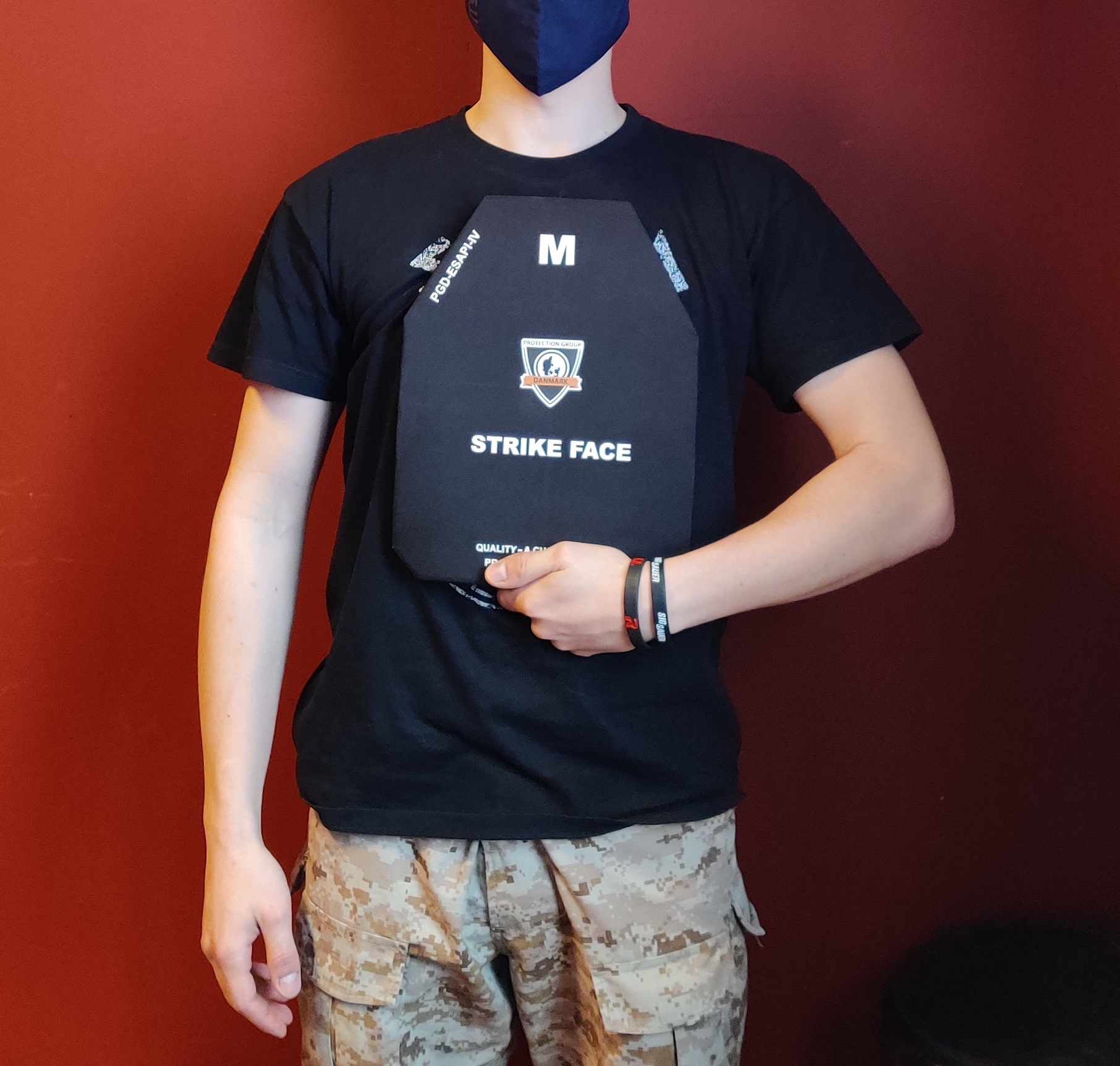
Plates’ geometry is wide in its range. The principles of sizing apply to all of them. Those are most common types:

SAPI and ESAPI are widely used by the military and the LE, making them probably the most popular types. The design of the Plate Carriers is usually dedicated to those types of hard armor insertions. SWIMMER and SHOOTER are more specialistic types for improved comfort while shooting or maritime operations. Higher mobility of the upper parts of the body is achieved by protection zone reduction. SQUARE type becomes rare to find due to its poor ergonomics.
What is worth noting while purchasing the Ballistic Protection?

Hard Ballistic Plate ESAPI NIJ IV Protection Group - Danmark
Every sensible manufacturer will attach a data sheet at the back of the insert. Such a sheet covers useful information about the model, level of protection and warranty period which is measured since the date of production. Ceramics, Polyethylene and Kevlar degrade over time. However, it does not mean that an expired insert is useless. It still has the ability to stop projectiles, nevertheless chances are lower in comparison to a brand new one.
